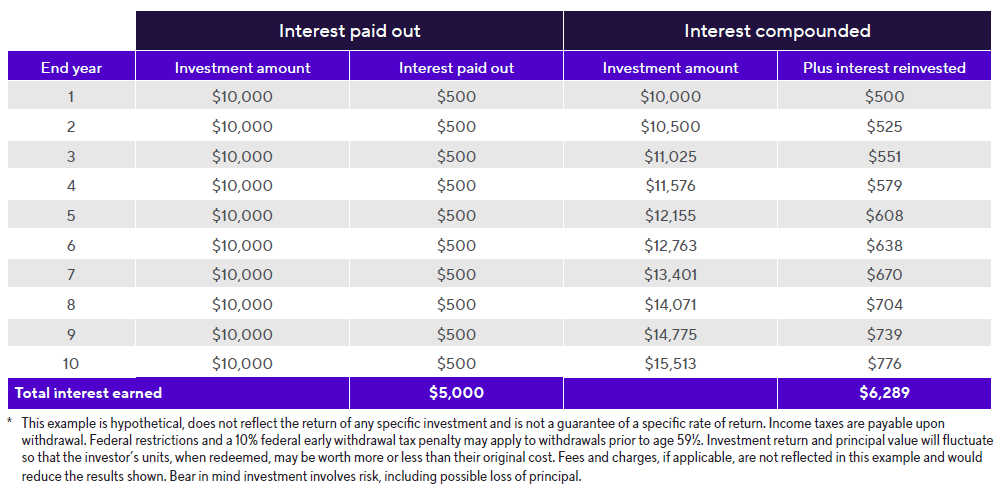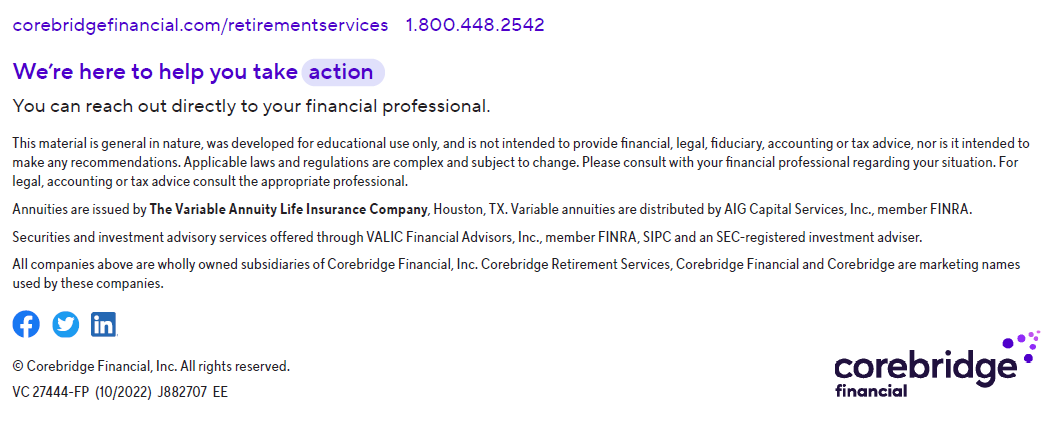Just starting to save?
Share
Don’t fret over market volatility—focus on the big opportunities
 The stock market has a history of fluctuating, so a drop in value is nothing new. It’s important that you avoid making rash moves in response to market ups and downs and remain focused on your future goals.
The stock market has a history of fluctuating, so a drop in value is nothing new. It’s important that you avoid making rash moves in response to market ups and downs and remain focused on your future goals.
Consider the opportunities in front of you:
Discount shopping
When is the best time to shop? Generally, when there’s a sale. Market volatility could be considered similarly. A drop in stock prices could mean stocks are on sale, so even though your account value drops, you can now buy stocks at a discount. This is an important opportunity, especially if you have time to save. By constantly contributing when markets are lower, you buy more shares and potentially benefit as the markets rebound over time.
Dollar-cost averaging
As stock prices rise, you buy fewer shares with that money. If you continue investing consistently, you potentially benefit from fluctuating markets.
Of course, dollar-cost averaging does not assure a profit and does not protect against market loss. This type of plan involves continuous investment in securities regardless of pricing levels, so you should consider your financial ability to continue purchasing through periods of both high and low price levels.
Put time on your side
Many people who entered the workforce in the past decade or so may feel like their veteran colleagues have it made: more vacation time, more pay, better offices, etc. But the younger generations have something that your elders likely have: time. Taking full advantage of it can be a move in the right direction.
Social security was meant to only replace a portion of your salary and therefore may not cover all of your retirement needs. Setting aside some of your own money means needing to save more later. By starting earlier, saving may be easier because you can make smaller contributions over a longer time period. More time also means more opportunity to potentially benefit from compounding growth.
Time and money
Compounding is growing your returns by investing any gains your money earns. Say Ralph invest $10,000 at an annual 5% interest rate. If he had the interest paid to him, Ralph would earn $5,000 over 10 years. But if he reinvested it back into his account, it would compound to $6,289 by year 10 – an additional $1,289, an increase of almost 26%*.



